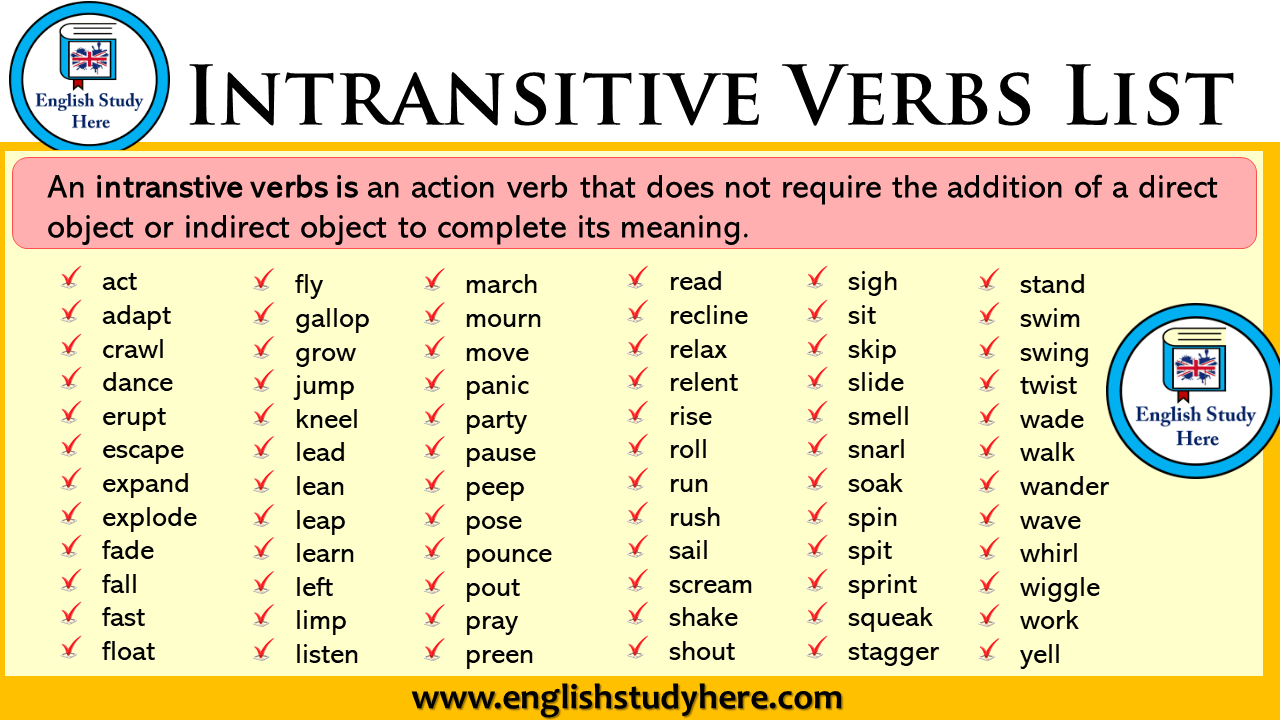
Intransitive Verbs List in English English Study Here
Lesson 118 Parts of the Sentence - Transitive and Intransitive Verbs. Transitive verbs are verbs that have subjects or objects that receive the action. They are either active voice or passive voice.. Transitive active verbs are the verbs in sentences with a direct object. The subject The subject tells who or what about the verb.Source: Lesson 91 is the doer and the direct object A direct.
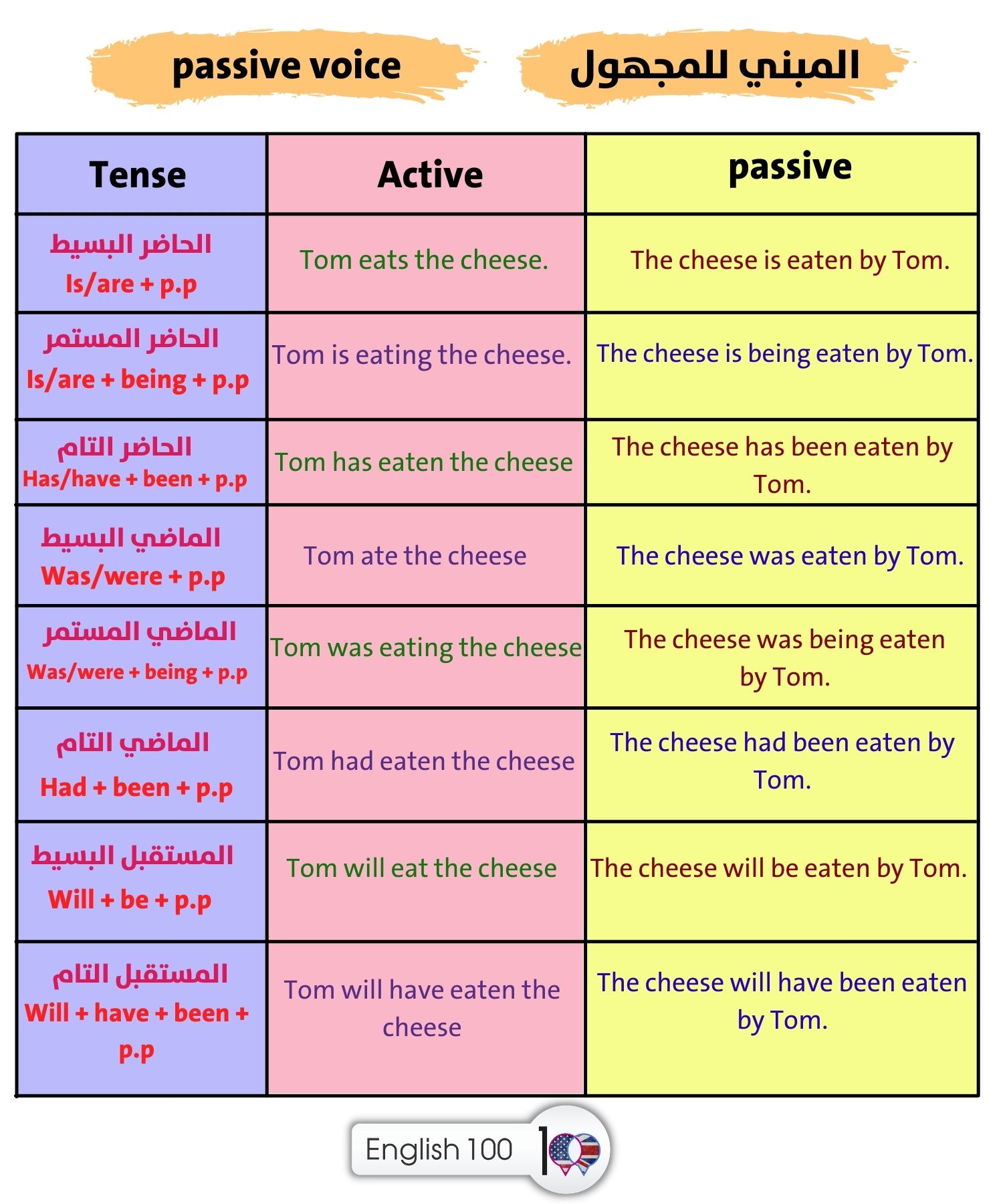
المبني للمجهول في اللغة الانجليزية قواعد اللغة الانجليزية! تعلم الانجليزية بطلاقة!
The change from passive to active voice works like this: subject verb object - active voice. object verb - passive voice. An intransitive verb, by definition, does not have an object, so you cannot form a passive voice version from an intransitive verb. Many verbs can be used both transitively or intransitively: sometimes the meaning is different.

Intransitive Verbs English Study Here
What is a transitive verb? You can categorize all verbs into two types: transitive and intransitive verbs. Transitive verbs use a direct object, which is a noun that receives the action of the verb.Intransitive verbs do not use any objects. Let's look at an example with one of the most common transitive verbs, need. We need a bigger boat.; Here, the transitive verb need takes the direct.
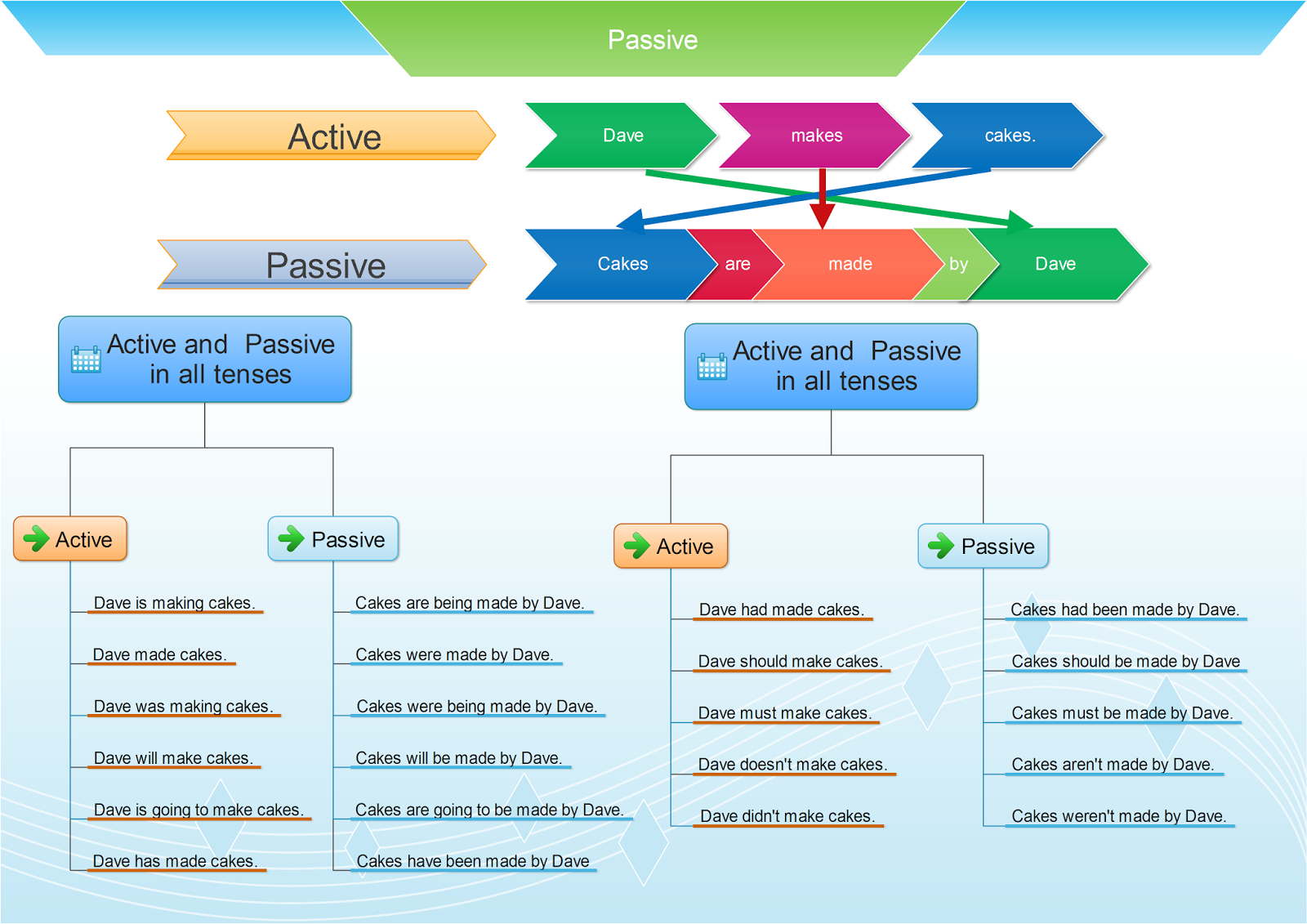
Keep your English alive! PASSIVE REVISION
1. The bystanders laughed. 2. The watchdogs bark. 3. Snow is falling. An intransitive verb followed by a preposition is often used in the passive, the object of the preposition becoming the subject of the verb. Active Voice…….Passive Voice 1. Everybody laughed at him..…. He was laughed at by everybody. 2.
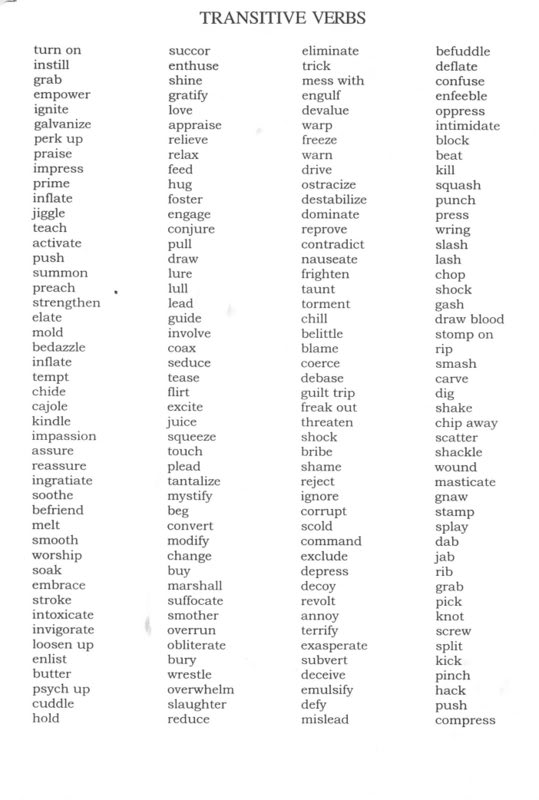
TRANSITIVEINTRANSITIVE VERBS IN PASSIVE aslıhan's websıte
The verb in the transitive passive voice always has is, am, are, was, were, be, being, or been as an auxiliary or helping verb. Transitive active sentences can be changed to transitive passive sentences by making the direct object the subject and putting the subject either in a prepositional phrase or omitting it.

TRANSITIVE INTRANSITIVE VERBS IN ENGLISH ACTIVEPASSIVE VOICE PART3 YouTube
A transitive verb is used with a direct object and can be used in the passive voice. An intransitive verb is not used with a direct object and can't be used in the passive voice. Transitive vs. intransitive verbs A transitive verb is a verb that is used with a direct object.

Intransitive Verbs (Never Passive) Grammar Quizzes in 2020 Intransitive verb, Verb, Sentence
An intransitive verb is a "verb that indicates a complete action without being accompanied by a direct object, as sit or lie, and, in English, that does not form a passive." Our definition does a good job of saying what an intransitive verb is, but let's break the two major points a little more. 1.
I understand that the prefix di is used to form passive transitive verbs, while ter is used to
("Ate" is a transitive verb. The action of the verb was done to something ("an apple"), which is the direct object.) Show me an infographic Table of Contents What Does "Taking a Direct Object" Mean? Examples of Intransitive Verbs Verbs That Are Transitive and Intransitive Common Intransitive Verbs Intransitive Verbs Do Not Have a Passive Form
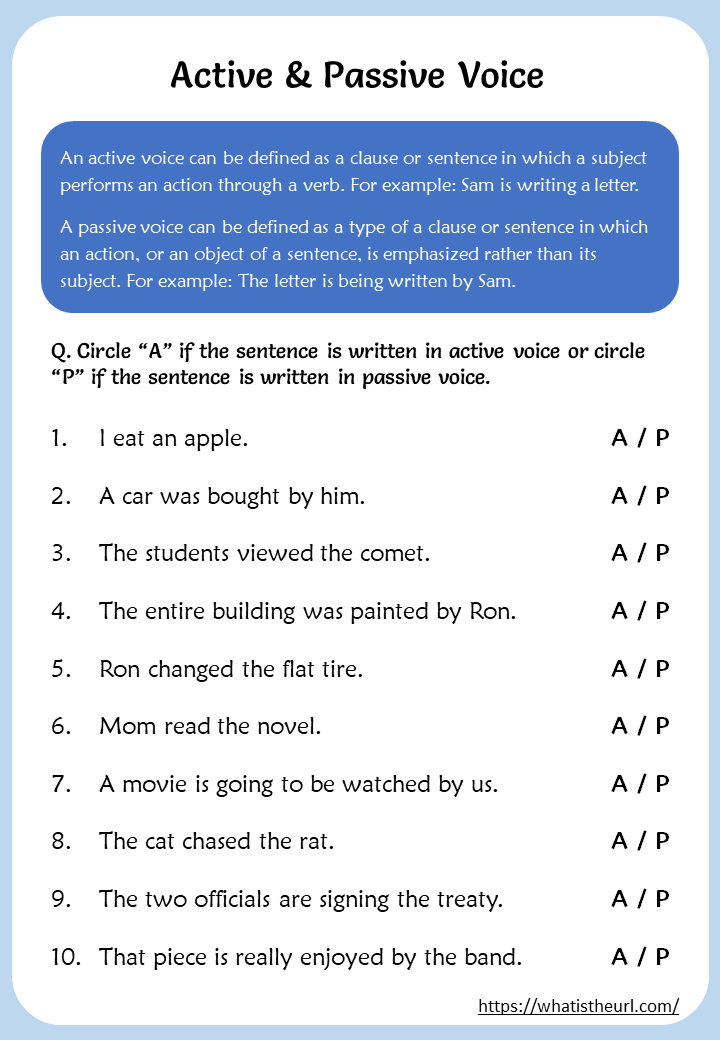
PDF active and passive voice exercises with answers pdf PDF Télécharger Download
An intransitive verb is a verb that doesn't require a direct object (i.e., a noun, pronoun or noun phrase) to indicate the person or thing acted upon. For example, the verb "yawn" is intransitive because it's not possible to "yawn" something. The opposite is a transitive verb, which must take a direct object.
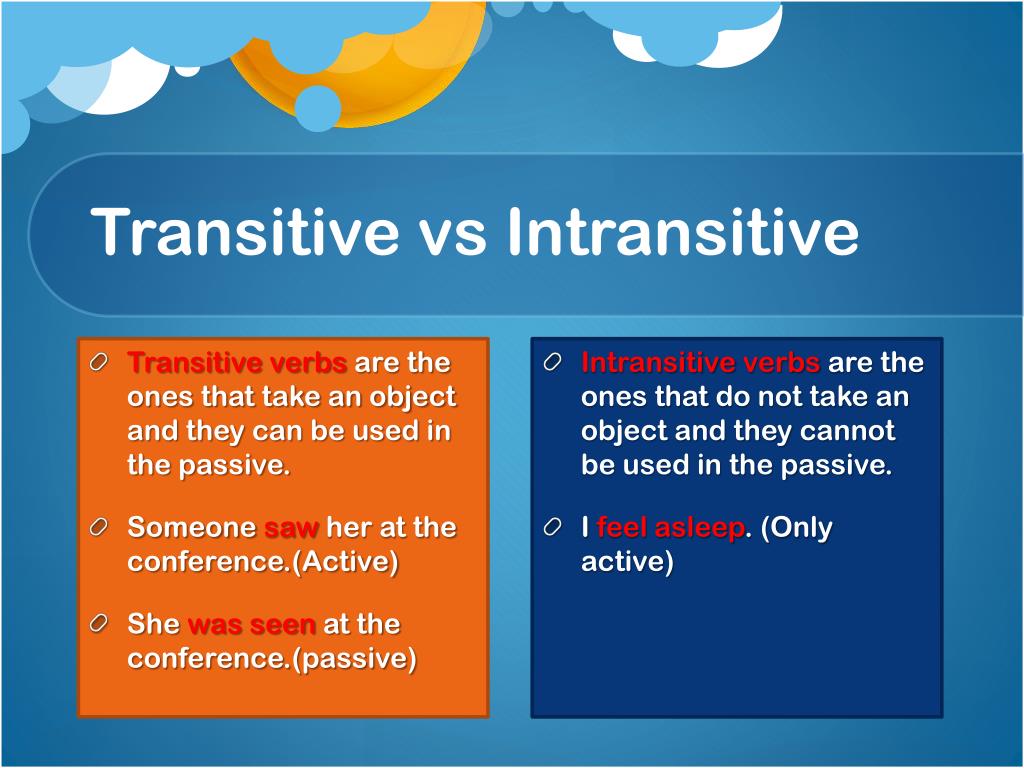
PPT THE PASSIVE PowerPoint Presentation, free download ID5386184
If it can take an object, it can be used as a transitive verb. Intransitive Verbs An intransitive verb is a verb that cannot have an object. For example, the verb sleep. People sleep. ( subject )+ ( verb ). In this example, there is only a subject (the person doing the action) and a verb. There is no object.
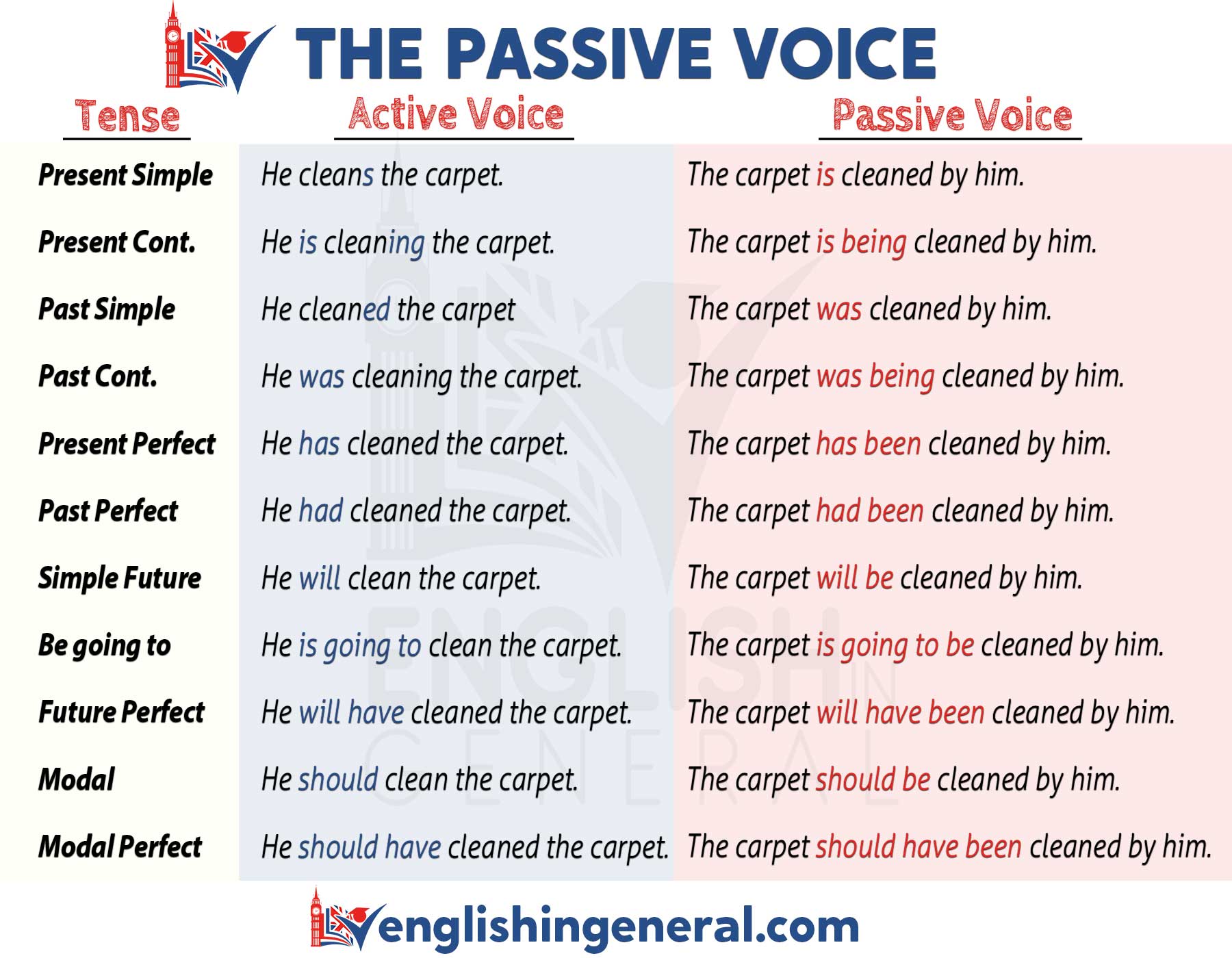
The Passive Voice Grammar Lessons English in General
The shift from active to passive voice requires both a structural change (rewording of the clause) and the use of verb combinations. See Passive. Also see pages: Transitive Verbs-DO; Ditransitive Verbs , -ed / -ing (amused v. amusing), Passive Summary.
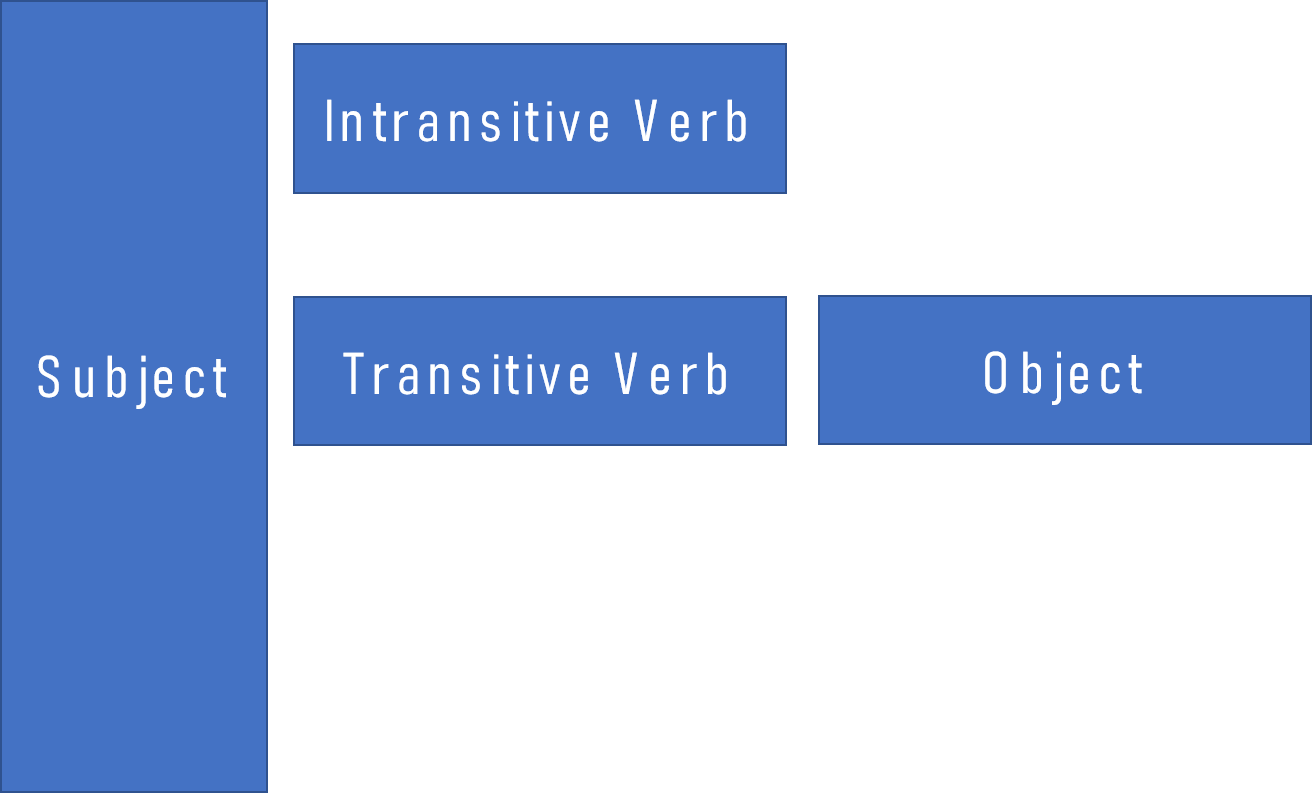
Transitive & Intransitive Verbs Red & White Matter Classes
Revised on March 14, 2023. A transitive verb is a verb that requires a direct object (e.g., a noun, pronoun, or noun phrase) to indicate the person or thing acted upon by the verb. For example, in the sentence "I received a letter ," the direct object is necessary for the statement to make sense. In contrast, an intransitive verb is a verb.

Passive Voice Sukrisno Nino
v t e In grammar, an intransitive verb is a verb whose context does not entail a direct object. That lack of transitivity distinguishes intransitive verbs from transitive verbs, which entail one or more objects. Additionally, intransitive verbs are typically considered within a class apart from modal verbs and defective verbs . Examples

73 Intransitive Verb Examples List English Vocabs
Intransitive verbs. Intransitive verbs (verbs that do not take an object) cannot be passive. For this reason, the following sentences have no passive equivalents: We arrived home late at night. Did you sleep well? He was running too fast. Certain state verbs. Certain state verbs are not used in the passive even if they are transitive.
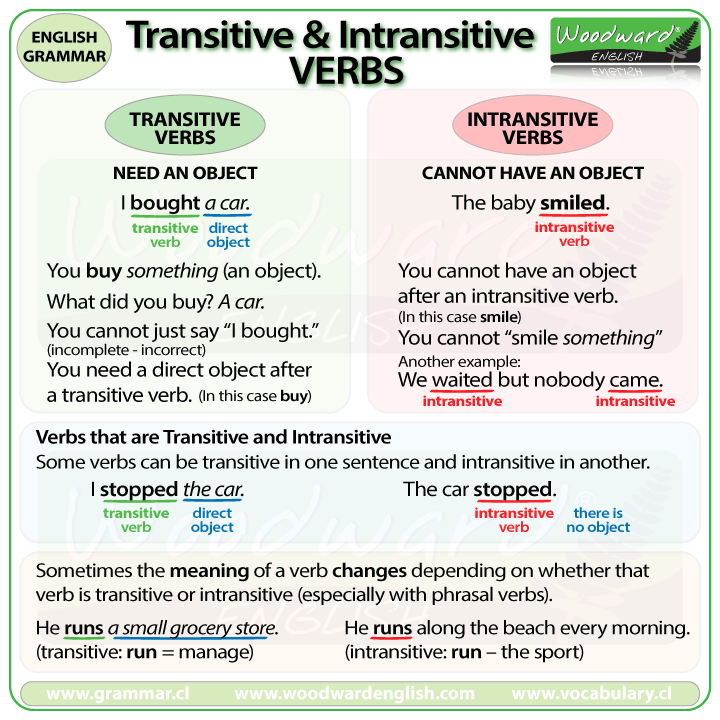
Transitive and Intransitive Verbs Effortless English
Of course, we often do follow intransitive verbs with other words telling us how, where or when—but NEVER with an object: He fainted after lunch. She coughed bitterly. Our car broke down in Bangkok. Intransitive verbs cannot be passive. Examples of intransitive verbs are: bark, boast, change, cough, die, go, live, run, sit, sleep, wave

Passive Voice Transitive & Intransitive Verbs
A verb can be described as transitive or intransitive based on whether or not it requires an object to express a complete thought. A transitive verb is one that makes sense only if it exerts its action on an object. An intransitive verb will make sense without an object. Some verbs can be used both ways. How to identify a transitive verb